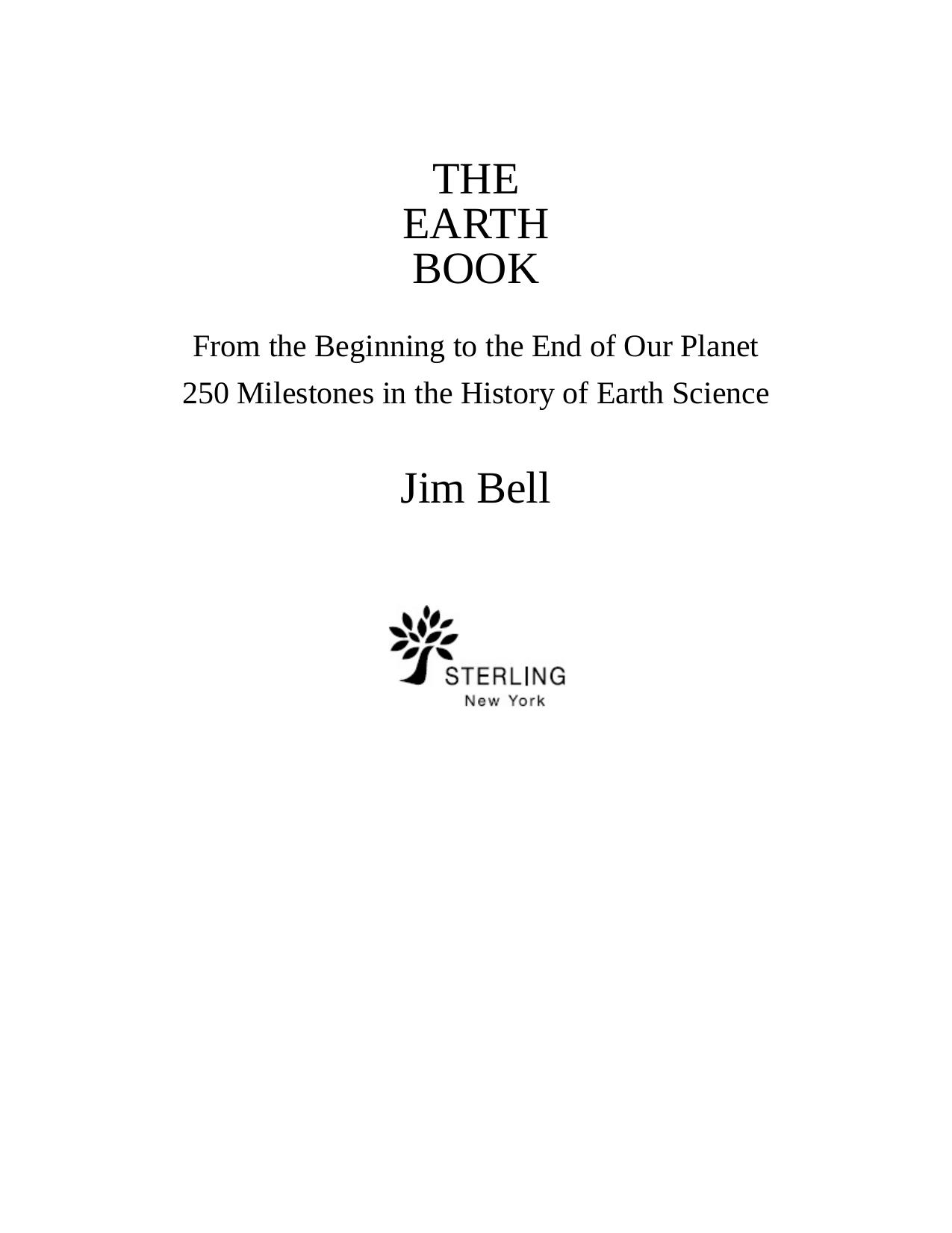The Earth Book: From the Beginning to the End of Our Planet, 250 Milestones in the History of Earth Science by Jim Bell

Author:Jim Bell
Language: eng
Format: epub, pdf
Spectacularly colored mineral hot springs deposits at Lion Geyser and Heart Spring in Yellowstone National Park.
1879
The US Geological Survey
G. K. Gilbert (1843–1918)
The dramatic increase in the size of the United States as a result of first the Louisiana Purchase in 1803 and then the Mexican-American War in 1848 drove the desire for the federal government to have these new lands surveyed and their flora, fauna, and geography inventoried. The job was passed on to a new federal agency, the United States Geological Survey (USGS), established by Congress in 1879 and charged with “the classification of the public lands, and examination of the geological structure, mineral resources, and products of the national domain.”
Among the earliest leading USGS geologists was Grove Karl Gilbert, who studied the origin and evolution of a variety of geologic landforms (geomorphology) and was a primary assistant of John Wesley Powell’s 1874 expedition to explore the Rocky Mountains. He eventually became embroiled in a controversial debate among geologists on the origin of a mysterious, 3,900-foot-wide (1,200 meters), 560-foot-deep (170 meters) circular hole in the ground near Winslow, Arizona. Three hypotheses for its origin were being debated: Was it a traditional volcanic crater, a special kind of volcanic crater called a maar formed from the explosive interaction of hot magma and groundwater, or a crater caused by the impact of an asteroid or comet? Gilbert concluded in 1895 that it was a maar, formed by a powerful volcanic steam explosion.
However, Gilbert would be proven wrong nearly sixty-five years later by another prominent USGS geologist, Eugene Shoemaker, who in 1960 conclusively showed that what is now called Meteor Crater was indeed formed by the high-velocity crash to the ground of a small metallic asteroid. To his credit, Gilbert also studied similar circular features on the Moon, and advocated (correctly) that the circular depressions on the Moon are indeed the result of such cosmic collisions.
Partly because of Gilbert’s extraterrestrial studies, as well as those of Shoemaker and others, impact cratering is now considered a major force for change on a planetary surface. USGS scientists today are deeply involved in the mapping and exploration of not just the Earth’s surface, but also the surfaces of many other worlds in our solar system.
SEE ALSO Arizona Impact (c. 50,000 BCE), Charting North America (1804), Exploring the Grand Canyon (1869), Hunting for Meteorites (1906), The Tunguska Explosion (1908), Understanding Impact Craters (1960), Torino Impact Hazard Scale (1999)
Download
The Earth Book: From the Beginning to the End of Our Planet, 250 Milestones in the History of Earth Science by Jim Bell.pdf
This site does not store any files on its server. We only index and link to content provided by other sites. Please contact the content providers to delete copyright contents if any and email us, we'll remove relevant links or contents immediately.
Man-made Catastrophes and Risk Information Concealment by Dmitry Chernov & Didier Sornette(5877)
The Revenge of Geography: What the Map Tells Us About Coming Conflicts and the Battle Against Fate by Kaplan Robert D(3994)
Zero Waste Home by Bea Johnson(3715)
COSMOS by Carl Sagan(3513)
In a Sunburned Country by Bill Bryson(3449)
Good by S. Walden(3449)
The Fate of Rome: Climate, Disease, and the End of an Empire (The Princeton History of the Ancient World) by Kyle Harper(2975)
A Wilder Time by William E. Glassley(2788)
Camino Island by John Grisham(2737)
Organic Mushroom Farming and Mycoremediation by Tradd Cotter(2602)
The Ogre by Doug Scott(2601)
Human Dynamics Research in Smart and Connected Communities by Shih-Lung Shaw & Daniel Sui(2447)
Energy Myths and Realities by Vaclav Smil(2407)
The Traveler's Gift by Andy Andrews(2327)
9781803241661-PYTHON FOR ARCGIS PRO by Unknown(2296)
Inside the Middle East by Avi Melamed(2279)
Birds of New Guinea by Pratt Thane K.; Beehler Bruce M.; Anderton John C(2204)
A History of Warfare by John Keegan(2139)
And the Band Played On by Randy Shilts(2081)
